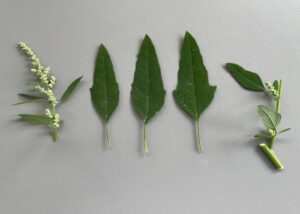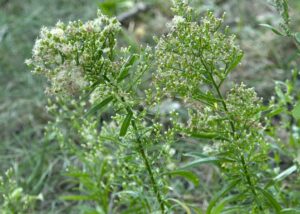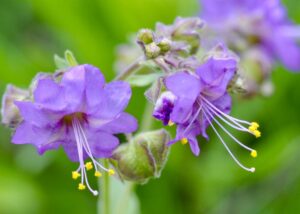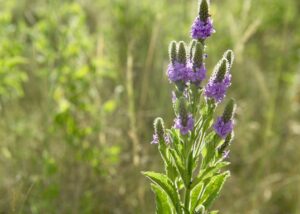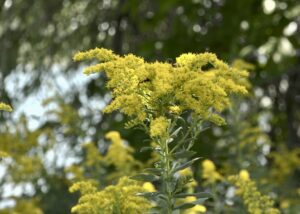Habitat
Mountain, RiparianPlant Uses
food, nerve stimulant, severed nerves, teaVideo Presenter
John Mionczynski and Grant Bulltail (Crow)Cow Parsnip
(a.k.a. woolly parsnip, cow cabbage)
A very large member of the carrot family (Apiaciae) cow parsnip can grow up to seven feet tall with giant leaves and white umbel flowerheads each up to a foot across. It is totally herbaceous with no woody parts above ground. It was and still is used as food when the hollow stems are very young and tender. It is usually cooked, but sometimes eaten raw but only after the outer ‘skin’ is peeled off.
It is a notoriously powerful medicine plant used to treat nausea, indigestion, and gas; both the dried root and seeds are used in tea for this. Indigenous people generally through the Rockies also revered these roots and seeds for easing the suffering from arthritis, rheumatism, or just achy joints and muscles in the elderly. In this case the decoction (boiled dry roots or seeds) are rubbed over the area or massaged into the skin. The decoction was also used topically as well as consumed to stimulate severed or damaged nerves to grow back. In this way it is nothing short of amazing!
Naturopaths today use cow parsnip to treat trigeminal neuralgia caused by damaged nerves controlling facial muscles and for other forms of nerve damage.
Side note: The course fibrous outer layer of the plant is tough and abrasive and contains caustic chemical constituents that can irritate the skin causing photosensitivity to sunlight and severe allergic reactions in some people. Some people collect this plant wearing gloves. The flowerhead resembles other members of the carrot family including the two most poisonous of our native plants, water hemlock and poison hemlock. Caution should be used identifying these plants. Bears can consume enormous quantities of this plant without ill effects.


